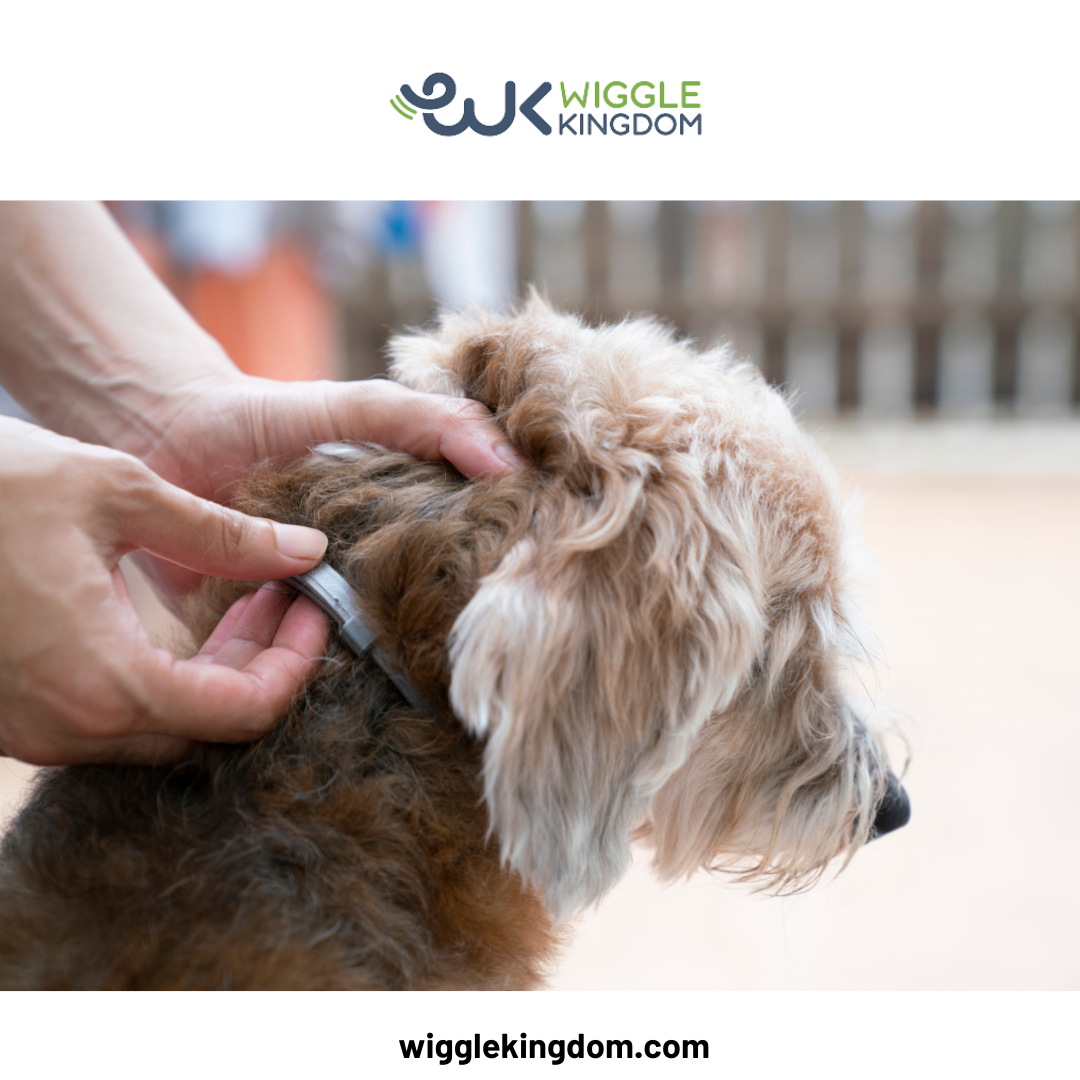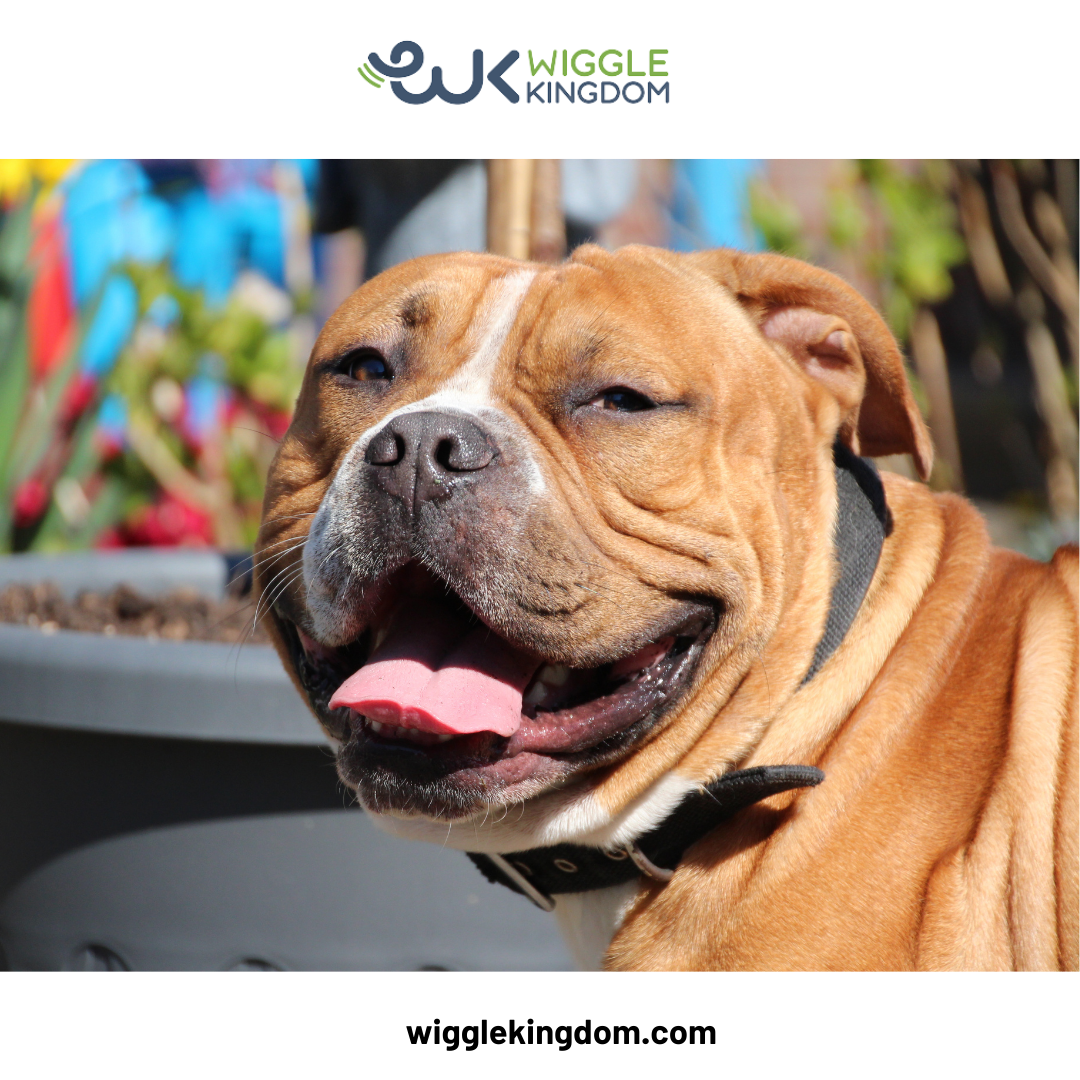Puppy owners, please read! Are you having trouble restraining your cute little critter? Don't fret; we've got an answer that's certain to make canine ears perk up and obedience levels skyrocket. The revolutionary new instrument for teaching little puppies is here: top dog shock collars. This article will discuss the several varieties of shock collars on the market, the benefits and drawbacks of using them on pups, how to select the appropriate size collar, and training recommendations from professionals. Puppy training has never been easier with our complete solutions!

Shock collars of various sorts are described
There are several varieties of shock collars designed specifically for little puppies. When your puppy misbehaves, you can use a static punishment collar, which will apply a modest electric shock to their neck. This collar has variable stimulation intensities, so you can discover the optimal setting for your dog.
The vibration collar is a subset of shock collars. This correction collar uses soothing vibrations rather than electric shock. Puppy's that don't take well to static correction may benefit greatly from vibration collars.
Shock collars that may be operated from a distance give pet parents even more say in their puppies' upbringing. With them, you may make adjustments from afar with the push of a button. This style of collar is great for remote correction of bad behavior or for usage while training while off leash.
Shock collars may also include visual and auditory stimulation options. During training, these supplementary sensory cues can be used to better cement directions and direct the trainee.
Always employ positive reinforcement strategies in addition to the shock collar, and remember that all shock collars should be used appropriately. Instead of using shock collars as a form of punishment, they should be used to retrain pets and foster obedient behavior.
Shock Collars for Dogs: The Pros and Cons
Many pet owners choose to use puppy shock collar while training their young puppies. But before you use one, you should weigh the benefits and drawbacks.
Shock collars, on the plus side, can be useful for teaching new puppies basic commands and correcting undesirable behaviors. They're useful for shaping behavior because of the instant feedback they give. When used correctly under the supervision of an experienced trainer, they have the potential to shorten the learning curve significantly.
However, it's important to consider the risks involved. One main worry is hurting your animal pet in some way, either physically or emotionally. Too much of a shock could cause stress or injury to a puppy's fragile neck. It's important to get a collar with different settings so you can ease into it and go up from there if needed.
Some puppies may develop anxiety or terror when wearing a dog shock collar for small dogs, which is another drawback. Some behavioral issues might even get worse as a result of this. It's crucial to keep a close eye on your puppy during training sessions to make sure their health isn't compromised in any way.
You should weigh the pros and downsides of using a shock collar on your little puppy before making a final decision. If you want to do what's best for your dog, it might be a good idea to talk to a dog trainer who has experience with positive reinforcement methods.
Getting Your Puppy Fit Using a Shock Collar
There are a few things to keep in mind while shopping for a shock collar for your puppy. Find out how much your pet weighs and how big around its neck is first. You can use this information to choose a collar that won't hurt or bother your pet.
Next, think about how easily upset your puppy becomes. A shock collar with a range of settings is ideal because some dogs may be more sensitive than others. In this method, you can begin with a lesser level and increase it as necessary.
The purpose of the shock collar training is another factor to consider. Do you just wish to stop the barking or do you have other behavior problems as well? In addition to static correction, some collars provide additional functions like vibration settings or audible prompts.

How to Use a Shock Collar to Train Your Puppy
You may teach your puppy good manners and obedience with the help of a shock collar if you use it as part of their training. However, proceed with caution and put your dog's safety first if you choose this option.
Here are some things to keep in mind when training using a shock collar:
One, ease your puppy into wearing the collar and getting used to it before using any shocks. This will assist keep kids from feeling too overwhelmed or scared.
Make use of positive reinforcement by rewarding your puppy's good behavior with a combination of the shock collar and lots of praise, cookies, and affection. This builds a favorable relationship between the collar and the desired behavior.
Third, adjust the settings so that they are appropriate for your puppy's size. When in doubt, use the smallest increment possible. It's essential that no unnecessary suffering be inflicted.
Fourth, maintain consistency. This is especially important when training a young puppy with a shock collar. Create a consistent set of rules and expectations from the beginning so that everyone is on the same page.
